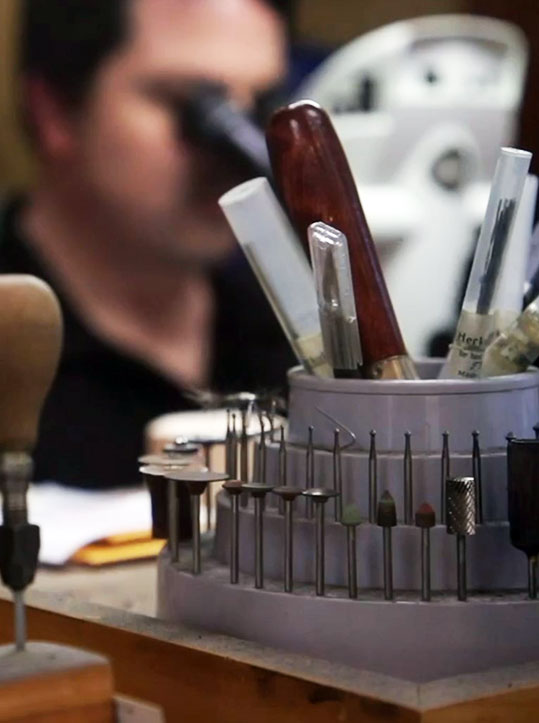
Premier Diamonds
&Time Pieces
 Boozer’s is very competitive with our diamond prices. You, the customer, are our main concern. So if you find a diamond any shape or size of like-kind quality, we will not only meet the price we will beat it, period. Just something to say you the customer always come first. My statement applies to any internet price, any other jewelry store price and applies to all fine jewelry and watches!!
Boozer’s is very competitive with our diamond prices. You, the customer, are our main concern. So if you find a diamond any shape or size of like-kind quality, we will not only meet the price we will beat it, period. Just something to say you the customer always come first. My statement applies to any internet price, any other jewelry store price and applies to all fine jewelry and watches!!

Boozer's
Diamond School
Cut
Most people consider the shape of a diamond (round, square, emerald, princess, oval, etc.) when they think about the cut. While this is one aspect of cut, what impacts the value of a diamond is the degree to which is reflects light back through the top of the stone. A well-cut diamond is formed with properly angled and sized facets to facilitate a brilliant reflection of light. Cut is the only value factor which can be impacted by human hands.
Clarity
Diamond clarity is a measure of inclusions within the stone. A stone with fewer inclusions is graded high on the clarity scale and is considered more valuable than a stone with more inclusions. Inclusions are essentially imperfections within the stone, and nearly all diamonds have some inclusions. They can appear as tiny crystals, black spots, clouds or feathers, and are generally the result of mineral deposits or fractures inside of the diamond. The Gemological Institute of America rates clarity based on the visibility of inclusions at a 10x magnification. I diamond with no visible inclusions is considered to be flawless (F), while severe and numerous inclusions would indicate an Included (I) stone. The degree to which a stone is included determines its rating on the following GIA rating scale.
Color
Color is graded on a scale from D to Z with D being considered colorless. Color is graded in a controlled light environment and compared to a master set of stones as the variations between each grade are very subtle. Stones graded D are the most rare, and are more valuable for their brilliant white glow. There is however a more rare diamond than a colorless stone. These stones are called ‘colored fancies’ and have been found in shades of blue, green, yellow, orange, pink, and in the rarest of occasions red.
Carat
Carat refers to a stones weight. Generally, people tend to associate size with carat, and although a larger stone will obviously have a larger weight, a diamond’s cut and mounting can often make stones appear larger. A one carat diamond weighs 200 milligrams which is equivalent to 100 “points”. Due to the fact that larger diamonds are extremely rare in nature, the carat weight will generally have the greatest impact on a stones value if all other factors are equal.
